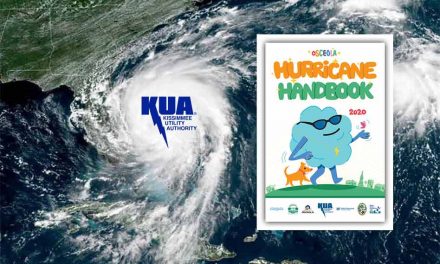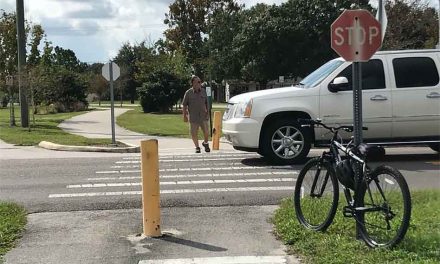After 18 months of inflation, higher prices weigh on many K-12 families as they prepare for the upcoming school year.
In addition to a 23.7% increase in the cost of school supplies in the past two years (per the Bureau of Labor Statistics’ Consumer Price Index), 3 in 10 (31%) surveyed parents say their households are in a worse financial situation than last year, and half (51%) expect the economy to weaken in the next six months. According to the “2023 Deloitte Back-to-School Survey,” consumers across income groups are expected to prioritize their spending and find ways to economize throughout the season. However, most parents are also willing to splurge on specific items for their children, signaling an opportunity for retailers heading into the back-to-school shopping season.
Deloitte’s back-to-school survey was conducted online using an independent research panel between May 26 and June 1, 2023 and surveyed 1,212 parents with at least one child attending school in grades K-12 this fall.
Parents rein in spending to focus on the necessities
Uneasiness about the economy is creating price sensitivity and causing some parents to reassess how they’ll approach back-to-school shopping. Based on respondents’ intentions, spending is expected to decline to $31.2 billion this year. Parents expect to spend $597 per student in grades K-12, down 10% from last year.
Despite this shift, the overall market is still above pre-pandemic levels, increasing 12.2% since 2019.
- Among K-12 parents, 34% are postponing nonessential back-to-school purchases, up from 31% in 2022.
- Parents are prioritizing school supplies while pulling back on technology and clothing: Spending on school supplies is expected to increase 20% year-over-year to $7.1 billion. Parents plan to reduce spending on apparel by 14% year-over-year; technology spending is set to decline 13% this year, as many parents purchased needed technology supplies during the pandemic to meet virtual or hybrid learning needs. However, technology spending is significantly higher than in 2019, indicating the potential importance of the category for the industry.
- Over two-thirds of parents (68%) expect to spend the same or less on back-to-school year-over-year.
- Inflation is why some parents plan to spend less on back-to-school and why others plan to spend more. Among parents spending less, 51% attribute it to reduced disposable income (up from 45% in 2022), while 75% of those spending more point to increased prices (up from 60% in 2022).
- Most parents surveyed plan to pay with cash this season; more than three-quarters (77%) plan to use debit cards and/or cash for their back-to-school purchases (up from 72% in 2022).
“With budgets strained this season, continued high prices could dampen the excitement of the back-to-school season for many families. Consumers will likely prioritize where they spend money as they look to replenish their savings accounts and spend on experiences, such as summer vacations, over goods. Parents are likely to be strategic about their spending to help ensure children are set up for success at the start of the school year by renewing school supplies but perhaps holding off on new clothing until needed. It’s not all bad news for retailers with many parents willing to splurge on certain items to treat their children, which may provide an opportunity for retailers,” said Nick Handrinos, vice chair, Deloitte LLP, and U.S. retail, wholesale and distribution and consumer products leader.
Back-to-school shopping will likely focus on finding ways to economize, including researching the best deals, shopping earlier, and getting items (and possibly returning them) in the most affordable manner.
About Deloitte
Deloitte provides industry-leading audit, consulting, tax and advisory services to many of the world’s most admired brands, including nearly 90% of the Fortune 500® and more than 7,000 private companies.


















